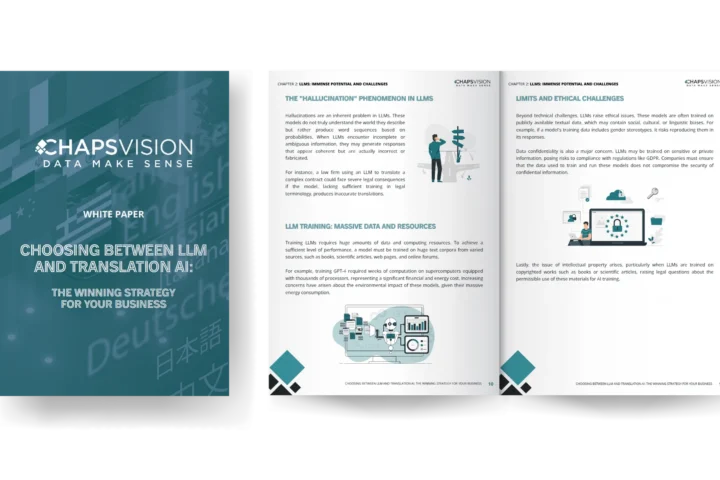Don’t let language be a hurdle in your business
Lean Manufacturing[1] involves constant efforts to eliminate or reduce ‘muda’ (Japanese term defining waste or any activity that consumes resources without adding value) in design, manufacturing, distribution and customer service processes.
As an operational system, Lean Manufacturing maximizes added value, reduces essential support and eliminates waste in all processes throughout the value chain. Waste in this regard may include over-production, inventory tasks, waiting time, correction, transportation and over-processing.
In summary, the equation for Lean Management is: Increased profitability equals increasing prices or reducing costs. A big part of the cost is the turnaround time between an order being placed and when it is shipped.
What is your Manufacturing Lead Time from the placement of an order to shipping? What would you expect as the standard for your business? What do you foresee as a likely evolution for both you and your customers?
Translation is an integral part of your manufacturing processes and includes all types of documents such as datasheets, employee handbooks, health and safety manuals, help files, legal documentation, operating manuals, patents, product catalogs, promotional material, material safety datasheets, technical drawings, technical manuals, technical specifications, tenders, user guides, websites, etc.
In different manufacturing industries (e.g. chemicals, electronics, engineering, energy, food and bev-erage, industrial design, metalworking, plastics, telecommunications or textile manufacturing), translators need to be experienced in the relevant field and familiar with the correct terminology.
Language barriers still represent one of the biggest challenges to successfully communicate internally and externally. More markets, more customers, more products, more services, more languages and the incredibly increasing amount of content pose a challenge to language translation regarding quality and responsiveness.
Let`s have a look at how Machine Translation can help eliminate those barriers in manufacturing. Let’s assume you are a native English speaker hired as a professional German-English translator in the Language Center for a multinational manufacturing company which supplies computer products. In this organization, the Language Center is mainly responsible for the translation of documents created within the company into a variety of European languages. The Language Center is also in charge of exercising control over the content and presentation of company documentation in general. It attempts to specify standards for the final look and feel of documents in distributed form, including style, terminology and content.
The overall policy is captured in a corporate Document Design and Content Guide which the Center periodically updates and revises. The material for which Machine Translation is used consists of technical documentation such as User and Repair manuals for software and hardware products manufactured or sourced by the company. Also, translators for legal and marketing material prefer to use Machine Translation in order to broadcast consistent messages across languages, borders and cul-tures.
The commercial importance of Machine Translation is a result of related factors:
- First of all: Translation itself is commercially important. Faced with a choice between a product with an instruction manual in English and one whose manual is written in Japanese, most English speakers will naturally buy the first – and in the case of a repair manual for a piece of manufacturing machinery or for a safety-critical system, this is not just a matter of taste.
- Secondly: Translation is expensive. Translation is a highly skilled job, requiring much more than mere knowledge of a number of languages and in some countries, translators’ salaries are comparable to other highly trained professionals. Moreover, delays in translation are costly. Estimates vary, but it is commonly admitted that to produce high quality translations of complex material, a professional translator may average no more than about 4-6 pages of translation (perhaps 2000 words) per day, which can easily affect the go-to-market lead time of a new product.
Therefore, across industries, all localization and globalization efforts involve integrating machine translation technology at the heart of the value chain in order to reach new markets faster, achieve the desired levels of quality and support Lean Manufacturing efforts.
The SYSTRAN PNMT™ (Pure Neural™ Machine Translation) engine accurately delivers the required translation quality and efficiency. Never has a system been so close to human fluency and adapted to the specific contexts of each industry. SYSTRAN PNMT™ breaks down language barriers while improving productivity and profitability, increasing time to market and avoiding waste.
[1] Developed by the Toyota executive Taiichi Ohno (1912-90) during the post-Second World War reconstruction period in Japan, and popularized by James P. Womack and Daniel T. Jones in their 1996 book ‘Lean Thinking.’
Author: Uwe Roesch, Account Manager SYSTRAN SAS





